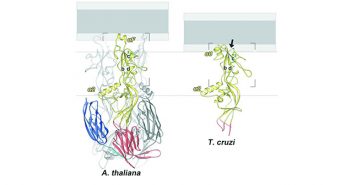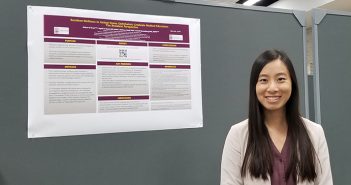Browsing: Research

Medicare Advantage rankings penalize plans serving disadvantaged populations, study finds.
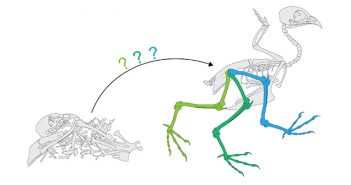
Pterosaurs probably didn’t fly like bats, according to a new study of bird ligaments and joints.

A novel way of stimulating the cellular recycling process could help researchers find therapies for age-related diseases.

Emergency physician Megan Ranney says the best way to address firearm injury is with research and facts.

Kimchi made without seafood products still has the same probiotic bacteria.

A therapy originally developed to treat cancer could help children with this rare, fatal disease to live longer.

Scientists identify compounds with the potential to treat MRSA and other antibiotic-resistant infections.

Focusing on the early stages of amyotrophic lateral sclerosis may be key to treating it, study suggests.

A new machine learning technique helps detect beneficial mutations in population genetic datasets.

Treating people for opioid addiction in prison saves lives when they get out, a new study finds.

Research reveals atomic-level changes in a protein associated with brain disorders.

Screening rates increased after the ACA eliminated out-of-pocket costs, study finds.

New research shows an enzyme may regulate inflammation and metabolism in fat tissue.
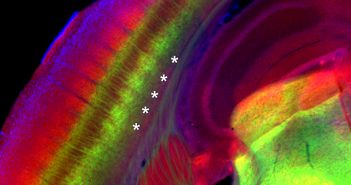
Discovery of circuits in cortex of mice deepens understanding of brain’s sensory circuitry.

Researchers find some leukemia patients must choose between transfusions or end-of-life care.

Researchers ‘dismantle’ a common intervention to see how each component works.
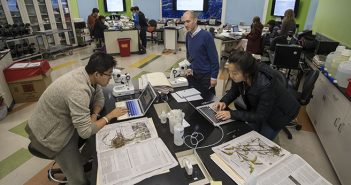
Brown’s Herbarium is digitizing tens of thousands of plants preserved over two centuries.

An $8 million NIH grant will expand community asthma care program led by two Medical School researchers.

Brains use brief bursts of beta waves, rather than sustained rhythms, to control attention and perception.

